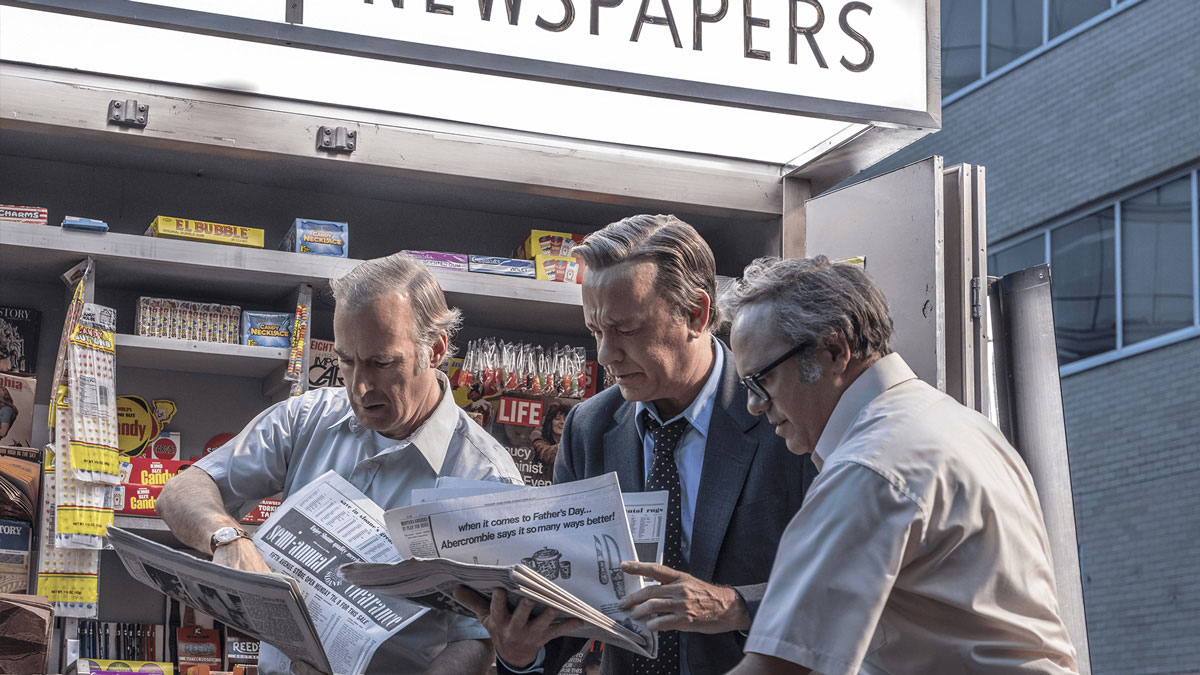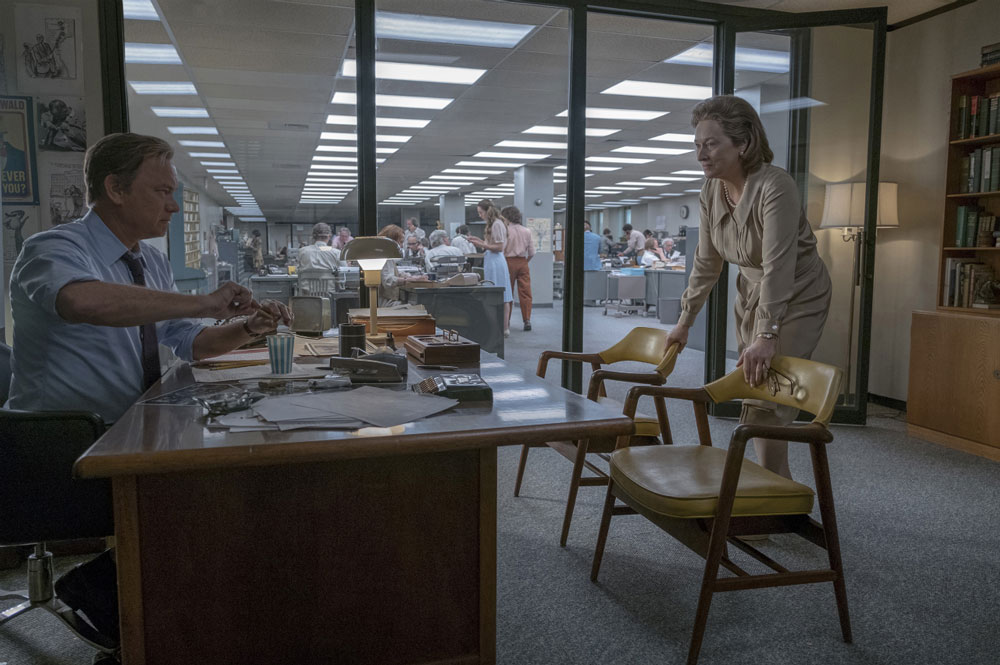
(c)Twentieth Century Fox Film Corporation and Storyteller Distribution Co., LLC.
The true meaning behind the production of ``The Post'' as claimed by the aspect ratio
2018.04.10
The 1980s and 1990s saw a shift from wide to Vista
However, Spielberg changed the aspect ratio of his films from widescreen to Vista size after making `` ET '' in 1982. The reason is that the film would not be able to reproduce the vision of a child on a wide screen. Another reason is that Hollywood has set its sights on secondary revenue from video and has tried to narrow the frame difference with home television. These spurred the development of Vista-sized versions of Spielberg's works, especially in `` Schindler's List '' (1993) and `` Saving Private Ryan '' (1998), which advocated realism in depicting battlefields.
``A wide screen is an artificial angle of view in a movie, and if you want to give the audience the experience of being there, a Vista that fits the field of view will give you a more immersive feeling.'' (*2) This justifies the conversion to Vista.

"The Post" (c)Twentieth Century Fox Film Corporation and Storyteller Distribution Co., LLC.
However, he had a strong respect for form when it came to movies, and when the conditions warranted, he would occasionally let the widescreen peek through. For example, the Peter Pan spin-off `` Hook '' (1991) uses the same angle of view as a retrospective film format, echoing the style of old studio films. `` Empire of the Sun '' (1987), which was originally based on the original work by J.G. Ballard, was also attempted to be shot in 65mm (1:2.20 wide angle of view), as would be expected from a war masterpiece, but the dedicated camera was too heavy. I gave up on it because it lacked maneuverability.
By the way, the reason why the "Indiana Jones" series, including "Raiders of the Lost Ark (1981), is widescreen using the anamorphic method (a compressed image is returned using a special lens during screening) is due to the production. George Lucas's intentions are strongly at work.
In the 2000s, a return to widescreen and a focus on the film format as a storage device

